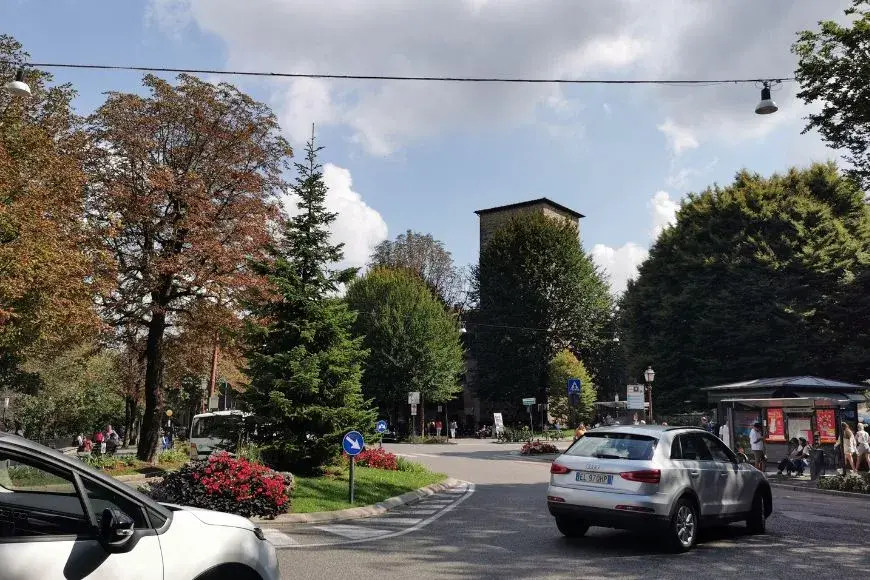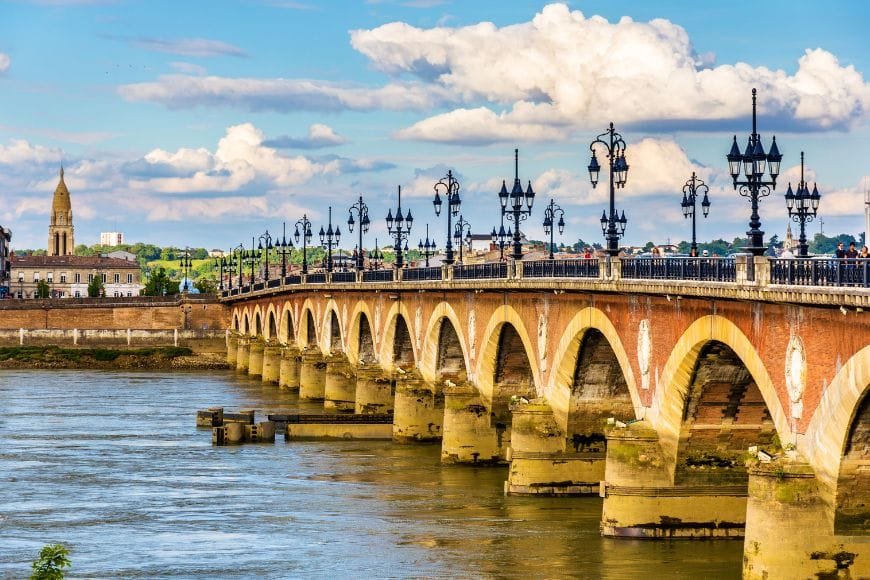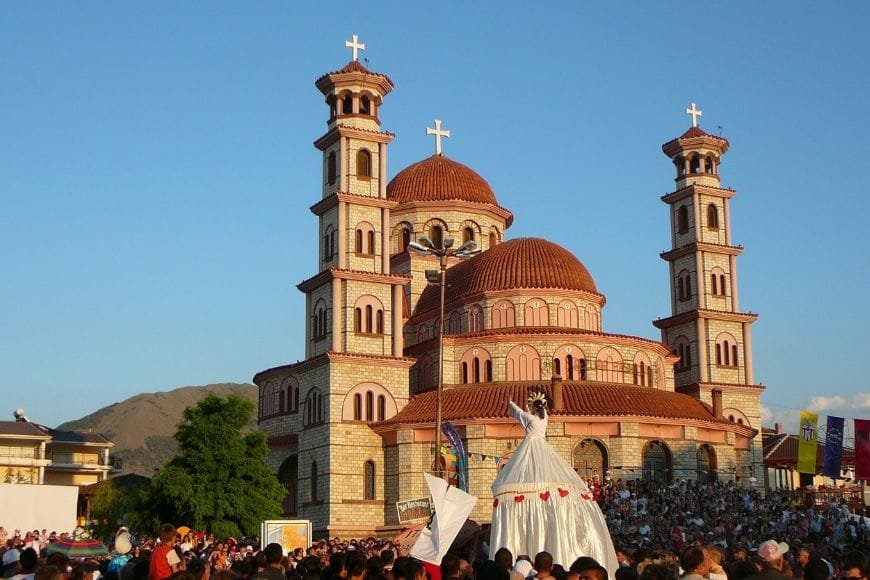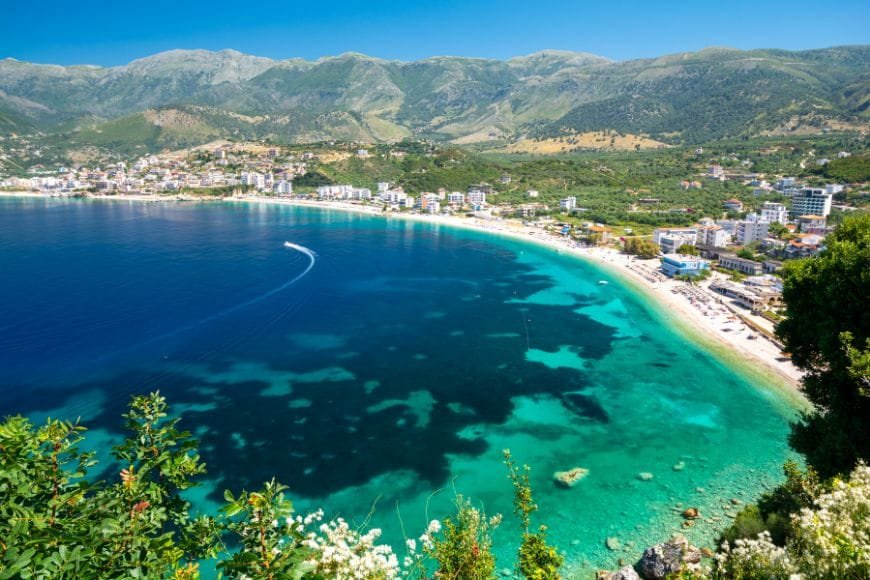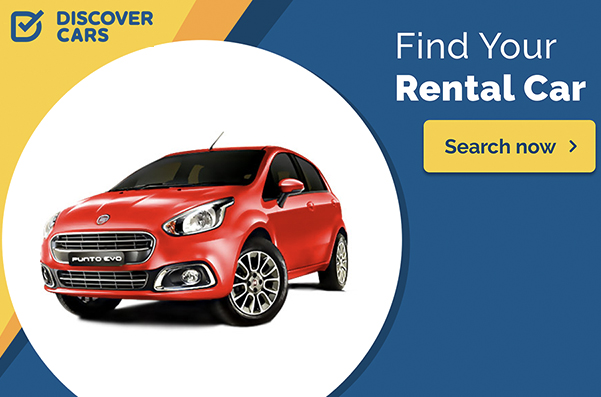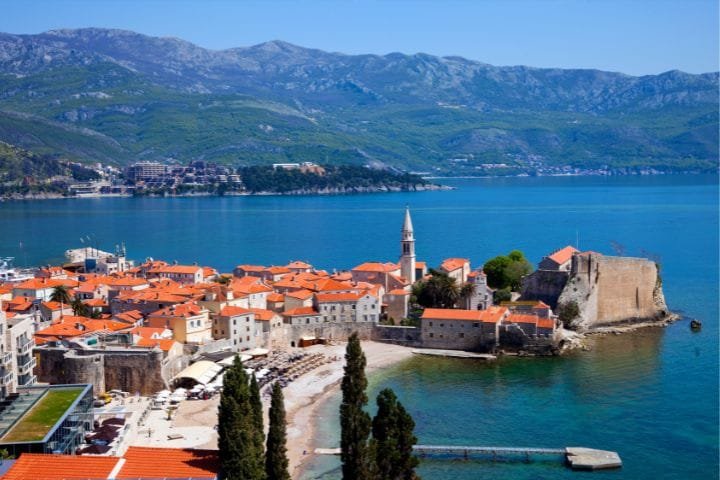Van Life Europe: 47 Essential Tips to Freedom on Wheels in 2025

by Hwan | Last Updated November 29, 2025
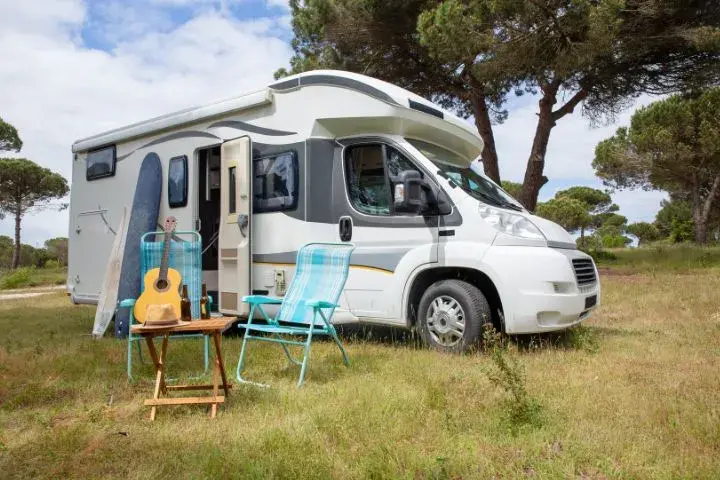
Picture this: waking up to the sound of waves crashing against the Portuguese coast, brewing coffee as Alpine mountains tower in your windshield, or stepping out of your van door directly into a Finnish forest! Van life in Europe has exploded in popularity, with a 15% increase in van registrations across the continent in 2024.
This comprehensive guide will take you through everything you need to know about embracing van life in Europe – from choosing the perfect vehicle and planning your route to navigating regulations and finding community on the road.
Whether you’re a weekend warrior or planning to go full-time, this guide has you covered!
How to Choose Your Van Life Vehicle?
Listen, picking the right van for your European adventure is HUGE!
- After test-driving literally dozens of models, I can tell you the VW California remains super popular for good reason – reliability and resale value are top-notch. But don’t overlook the Fiat Ducato (sold as Citroen Relay/Peugeot Boxer, too), which gives you way more space for your euro.
- Used vans can save you thousands; just make sure to check for rust around wheel arches – that’s been a costly lesson for many of us! European roads can be tight, especially in those charming medieval towns we all love. I learned this the hard way in Sicily when my Sprinter barely squeezed through a street that looked plenty wide on Google Maps!
- For northern adventures, definitely splurge on good insulation and heating. Trust me, those Norwegian nights get stupid cold, even in summer!
Best European Countries for Van Life
- Portugal is hands-down my favorite for van life in Europe! Their 2021 law technically limits wild camping, but outside July-August, enforcement is pretty relaxed along the western Algarve. We spent three weeks there last spring without a single issue.
- France deserves major props for its Aires network – over 3,500 spots where you can park overnight for free or for a super cheap rate (usually €5-12). The Aires app saved us countless times when we were desperate for a spot at 9 pm.
- Scotland’s freedom to roam makes it a dream for wild camping, although the weather can be a real challenge. I’ll never forget huddling in our van during a surprise May snowstorm near Glencoe!
- For year-round living, southern Spain and Portugal win big time. Many van lifers I’ve met follow what they call the “swallow route” – Scandinavia in summer, gradually moving south as temperatures drop. Baltic countries like Estonia are surprisingly affordable and way less crowded than Western hotspots.
- Avoid Italy if you’re nervous about regulations – their anti-camper laws in tourist areas can mean hefty fines if you’re caught sleeping in the wrong spot!
Essential Van Life Europe Routes
- The Atlantic Coast route is a total game-changer! We started in the Algarve and meandered north, hitting spots like Nazaré with those monster waves and the French surfing paradise around Biarritz. The Bay of Biscay can get crazy windy, though – our awning nearly ripped off near San Sebastian!
- For Mediterranean magic, the stretch between Barcelona and Nice stole my heart. Just avoid August unless you enjoy hunting for parking spots at 7 am and paying a premium for everything. We scored an incredible free spot near Cassis with million-dollar views because a local fisherman took pity on us.
- The Balkans are Europe’s best-kept secret for van life. Albania blew us away – pristine beaches with hardly anyone around, and you can wild camp pretty much anywhere. We spent 3 weeks there on a budget of €25/day, including fuel!

- Island hopping takes planning, but it’s worth the effort. The ferry from Italy to Greece (Brindisi-Igoumenitsa) cost us €189 with the van, but waking up on Kefalonia’s Myrtos Beach? Absolutely priceless. Just check ferry prices beforehand – that mistake cost us an extra €200 once!
Navigating Legal Requirements
- The Schengen 90/180 rule is a total headache for non-EU citizens like us! We learned this the hard way after spending exactly 90 days in Spain and France, only to be stopped at the German border. The officer wasn’t impressed with our “but we didn’t know” excuse. The clock doesn’t reset by just popping into the UK or Croatia – they’re actually checking this stuff now!
- Green cards for insurance aren’t technically required in many places anymore, but we still got hassled in Greece without one. Our trick? Keep a folder with ALL vehicle docs easily accessible – trust me, fumbling through stuff while a stern border guard watches is super stressful.
- Those low-emission zones are multiplying like crazy! We were fined €80 in Paris because we entered a restricted zone without the proper sticker. The ULEZ app saved us from making the same mistake in London.
- Wild camping enforcement varies wildly. In Sweden, you’re basically free to park anywhere that is reasonable, thanks to allemansrätten (public access rights). At the same time, Italy has carabinieri who seem to have a sixth sense for finding campervans in no-camping zones!
- Portugal and Spain remain the cheapest options for long-termers – we met a couple living comfortably on €1,500 a month there, which would barely cover campsite fees in Switzerland!
Plan Your Trip with Our Favorite Booking Tools
Finding Places to Stay
- Park4Night completely changed our van life game! The filter feature is a great way to find free spots with the amenities you need. We’ve discovered some absolute gems through it, including a free parking spot right on a cliff in Cornwall that wouldn’t look out of place in a fancy travel magazine.
- Aires in France, stellplatz in Germany, and sostas in Italy are basically the holy trinity of van life parking. They’re usually cheaper than campsites (€5-15) but still offer basics like water and waste disposal. The ACSI discount card has saved us at least €300 on campsite fees during shoulder seasons – totally worth the €20 investment.
- For wild camping, our golden rule is “arrive late, leave early,” and always follow leave-no-trace principles. We got a nasty note on our windshield in Croatia once when we stayed two nights in the same gorgeous spot – lesson learned!
- Summer in Europe is brutal for spontaneous travel. We couldn’t find a single coastal spot in southern France last July without booking at least two weeks in advance. But come September? We had our pick of amazing places and saved a ton of money.
- Urban parking hack: Many European cities have park-and-ride lots where you can leave your van overnight for a cheap rate while exploring by public transport. Saved us a massive headache in Barcelona!

Budgeting for European Van Life
- Let me tell you, the cost differences between countries will blow your mind! Our monthly expenses in Norway ($3,200) were literally double what we spent in Portugal ($1,600). Diesel prices vary like crazy, too – we paid €1.45/liter in Spain and a whopping €2.10 in Italy last summer. Talk about sticker shock!
- Campsites can eat your budget alive if you’re not careful. In Switzerland, we couldn’t find anything under €35/night, while in Poland, we stayed at gorgeous lakeside spots for €12.
Mix free wild camping with paid sites every 3-4 days for showers and laundry.
- Food shopping at Lidl and Aldi saved our bacon! We blow about 40% less on groceries than at regular supermarkets. The Lidl app shows weekly specials – we literally plan our meals around these deals.
- For attractions, city tourist cards are often worth it. The Lisboa Card paid for itself after just two museum visits and included public transport.
- Don’t cheap out on your emergency fund! Our water pump died in rural France, and the €380 repair would’ve derailed our trip without our safety net. We keep at least €2,000 set aside for van emergencies – it seems excessive until you’re stranded in the Alps with a busted transmission!
- For budget travelers, €1,500/month can work in Eastern Europe and Portugal/Spain, but you’ll need closer to €2,500 in Western/Northern Europe if you want occasional restaurant meals and activities.
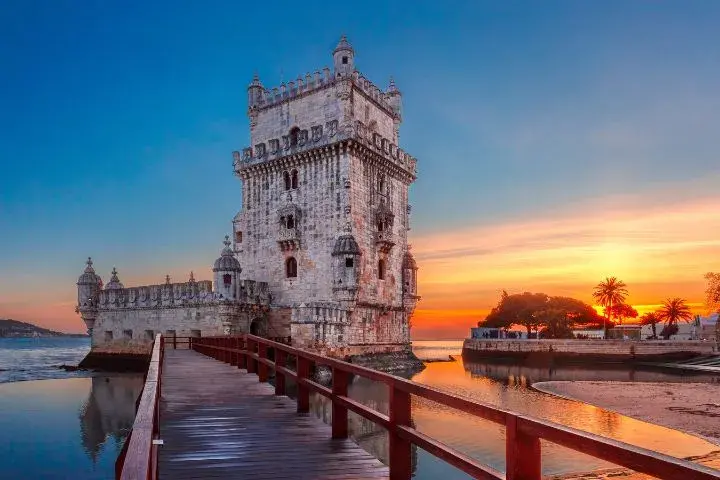
Van Life Essentials for Europe
- Let me tell you about our solar setup journey – we started with a single 100W panel, and it wasn’t enough! We now rock 300W with a 200Ah lithium battery, which keeps us off-grid for days, even with laptop use. Learned this the hard way after three cloudy days in Scotland left us without power for our coffee grinder. Talk about a morning crisis!
- Water-wise, a 20L Jerry can is your best friend in Europe. We fill up at drinking fountains (common in Switzerland and Italy) using the amazing Fillable app, which shows potable water sources. For showering, we’ve got a basic $30 USB rechargeable shower pump that’s been a total game-changer on beach days.
- The Internet nearly drove us nuts until we discovered a dual-SIM router. We use Vodafone and Orange SIMs since they have the best EU coverage.
French and Polish data packages work throughout the EU and are significantly cheaper than German or Dutch ones.
- Vacuum storage bags saved our limited closet space. And those magnetic spice tins stuck to our fridge? Absolute space-saving miracle in our tiny kitchen!
- For winter travel, we added Reflectix to all the windows and installed a diesel heater (about €500, which we installed ourselves). Worth every penny when it was -5°C in Bavaria!
- Summer cooling hack: We mounted a small 12V fan directly above our bed and used wet microfiber towels when it’s super hot. Got us through 38°C days in Sicily without AC!
- The must-have apps are GasBuddy for fuel prices, PlugShare for finding charging stations, and Flush for public restrooms. That last one saved us more time than I can count!
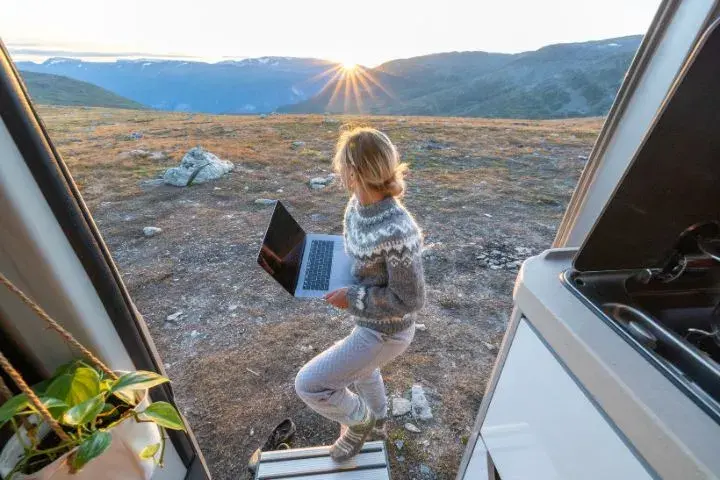
Van Life Community and Culture
The van life community in Europe is something special!
- We stumbled upon a Portuguese van meetup near Lagos that turned into a three-day beach party with people from 12 different countries. Making friends on the road happens so naturally – we’re still in touch with a German couple we met in a Greek parking lot two years ago.
- Facebook groups like “Van Life Europe” and “Europe by Camper” have been lifesavers for real-time info. When France had that fuel shortage in 2022, the group updates helped us find gas when every station we tried was empty.
- Language barriers can be frustrating, but Google Translate’s camera feature is pure magic for reading signs and menus. Knowing a few phrases in the local language opens so many doors! A simple “Bonjour” or “Grazie” goes a LOT further than speaking English louder (cringe).
- Co-working spaces are popping up everywhere. We found this amazing spot in Lisbon called Selina that had daily rates of €12, including coffee and killer WiFi. Way better than fighting for a table at Starbucks!
- The unwritten rule that trips up newbies: don’t hog prime spots! We’ve seen van lifers get seriously cold-shouldered after staying in the same beach parking for weeks. The community ethos is about sharing these amazing places, not claiming territory.
- The van wave is real! Don’t forget to wave at fellow van lifers – it’s like a secret handshake that says, “We get it!”
Sustainability in European Van Life
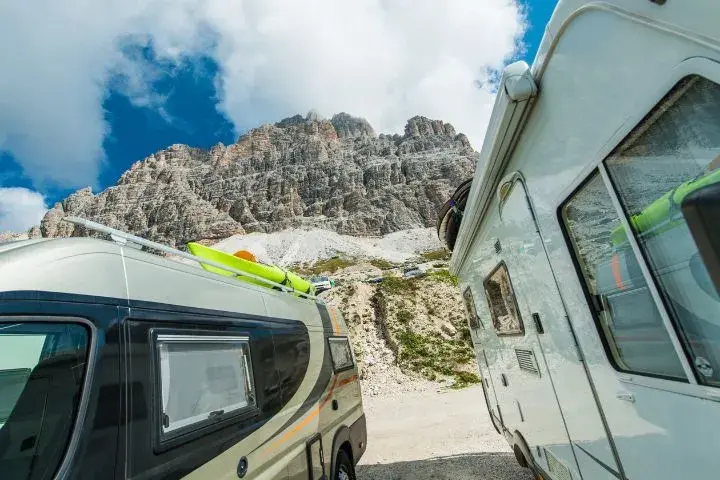
- Trash management in a van can be a total nightmare! We learned to bring a couple of different garbage bags – one for recycling and one for landfill waste. Finding places to dump trash legally took us by surprise at first. In Germany, we got scolded by a local for using a public bin (apparently it’s a no-no). Now we use the RecycleNation app to find proper disposal points.
- Water conservation becomes second nature when you’re carrying limited supplies. We’ve mastered the navy shower technique – get wet, turn off the water, soap up, and rinse quickly.
- Solar has been our game-changer for green energy. Most European van lifers we’ve met are running at least 200W of panels these days. The upfront cost stings (ours was €800 installed), but we haven’t needed to hook up electricity in months.
- Europe has amazing eco-friendly cleaning products! The “Ecover” brand is available in most countries and works great for everything from dishes to laundry. We switched to solid shampoo bars, too – less plastic waste, and they last forever!
- The “Leave No Trace” mindset isn’t just for wilderness. It applies to those beautiful little villages, too. We’ve seen locals getting increasingly frustrated with van crowds in places like the Dolomites and Portuguese beaches. Always leave a spot cleaner than you found it!
- For reducing our carbon footprint, we try to move slowly – staying put for at least 3-4 days helps a lot. Our fuel consumption dropped by almost 40% when we adopted this slower travel style, plus we actually experience places rather than just ticking them off. Win-win!
🚐 Freedom on Four Wheels: Essential Prep Guides for Van Life in Europe
Before you hit the road with your van and explore Europe freely, check out these must-read guides to make your trip safe, comfortable, and well-planned:
- Start with How to Plan a European Road Trip — full guide to routes, road rules, and travel prep.
- Pack smart with Essential Europe Car Travel Packing List — ideal for van-life journeys, including safety gear, travel documents, and essentials for long drives.
- Stay prepared with Car Breakdown in Europe: What to Do — important when traveling long-term or across remote areas.
- Keep budget under control with Europe Fuel Cost Calculator: Plan Your Road Trip Budget — helps you estimate fuel costs for long-distance van trips.
- Understand tolls and fees with Europe’s Highway Vignette & Toll System: Complete Guide — useful for cross-country van journeys.
- Explore rental flexibility options with One-Way Car Rental Europe No-Fee Guide — handy if you’re planning a linear van journey between different cities.
- Ensure coverage and peace of mind with Best Travel Insurance for Europe Road Trippers — recommended for long van journeys across multiple countries.
Final Words
Embarking on van life in Europe is more than just a travel decision—it’s choosing a lifestyle of freedom, adventure, and connection with diverse landscapes and cultures.
From the northern lights of Scandinavia to the sun-drenched beaches of the Mediterranean, your home on wheels offers unparalleled access to the continent’s treasures.
Start with thorough planning, respect local regulations, connect with the growing community, and remain flexible as you navigate the joys and challenges of the road.
The van life movement continues to evolve in Europe, with more resources and acceptance emerging each year. So pack light, drive slow, and embrace the journey—your European van life adventure awaits!
💬 We’d love to hear from you!
Have questions, tips, or personal travel stories to share? Drop them in the comments below — your insights help fellow travelers plan their adventures too.


